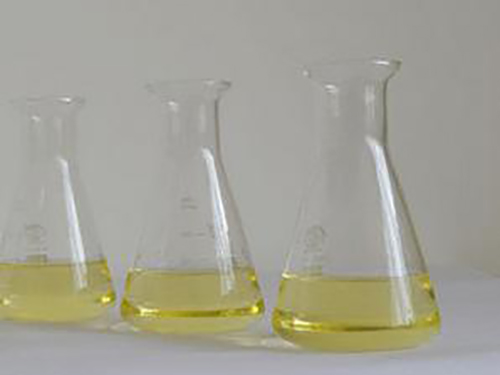Effective Flocculants for Enhancing Water Treatment Processes and Purification Methods
Flocculant Chemicals for Water Treatment An Overview
Water treatment is a crucial process in ensuring safe drinking water and maintaining the health of ecosystems. One of the key components in this process is the use of flocculant chemicals, which play a vital role in the removal of suspended particles from water, improving clarity and quality. In this article, we will explore what flocculant chemicals are, their types, applications, and the importance of their use in water treatment.
What are Flocculants?
Flocculants are chemical agents that aid in the coagulation and flocculation processes in water treatment. Coagulation refers to the initial process of destabilizing charged particles in water, while flocculation involves the clustering of these particles into larger aggregates or “flocs.” By enhancing the agglomeration of particles, flocculants help facilitate their removal during sedimentation and filtration processes. Achieving this is essential for producing clean and safe water from various sources, including surface water and wastewater.
Types of Flocculants
Flocculants can be categorized into two main types organic and inorganic flocculants.
1. Organic Flocculants These are typically synthetic polymers, including polyacrylamides, polyamines, and polysaccharides. They are favored for their high efficiency in settling and their ability to work effectively across a range of pH levels. Organic flocculants can be further classified into cationic (positively charged), anionic (negatively charged), and non-ionic types, each serving specific purposes depending on the characteristics of the water being treated.
2. Inorganic Flocculants Common inorganic flocculants include aluminum sulfate (alum) and ferric chloride. These substances are often used in traditional water treatment processes due to their effectiveness in removing turbidity and pathogens. Inorganic flocculants usually work by neutralizing the negative charges on suspended particles, allowing them to aggregate and settle more easily.
flocculant chemicals for water treatment

Applications of Flocculants
Flocculants are employed in various sectors, including municipal water treatment plants, industrial wastewater treatment facilities, and in the treatment of water used in mining, paper, and food processing industries. In municipal water treatment, flocculants help clarify water by removing sediments, colloids, and organic materials, thus making it safe for consumption. In industrial settings, they assist in the recycling of water, reducing environmental impact and improving efficiency.
Additionally, flocculants are essential in wastewater treatment by enhancing the removal of contaminants, such as heavy metals and organic compounds, ensuring compliance with environmental regulations. Their use is not only limited to waste management but also crucial for stormwater management practices, where they improve the quality of runoff water.
Importance of Flocculants in Water Treatment
The use of flocculant chemicals in water treatment is a vital aspect of environmental health. By improving water clarity and quality, flocculants contribute to the reduction of waterborne diseases, providing safe drinking water to communities. They also promote the sustainability of water resources by allowing for the effective reuse and recycling of water in various industrial processes.
Moreover, with the increasing demands for clean water and the growing concern over water pollution, the need for effective flocculants is more critical than ever. Ongoing research and development in the field of flocculant chemicals continue to enhance their effectiveness, promote eco-friendliness, and reduce potential adverse environmental impacts.
In conclusion, flocculant chemicals are indispensable in modern water treatment processes. Their ability to facilitate the removal of contaminants makes them essential for safeguarding public health and preserving our water resources. As technology advances, the potential for flocculant innovation will likely play a significant role in the future of water treatment.
-
Pbtc Scale InhibitorPBTC: A Scale Protector for Industrial Water TreatmentNewsAug.05,2025
-
Organic Phosphonate: An Efficient Defender in the Field of Scale InhibitionNewsAug.05,2025
-
Hydrolyzed Polymaleic Anhydride: Green Pioneer in Scale Inhibition FieldNewsAug.05,2025
-
PAPEMP Polyamino Polyether Methylene Phosphonic Acid For SaleNewsAug.05,2025
-
Flocculant Water Treatment: A Pioneer in Purification in the Field of Water TreatmentNewsAug.05,2025
-
Benzyl Isothiazolinone: An Efficient and Broad-Spectrum Antibacterial Protective GuardNewsAug.05,2025





